South Korea has a total of 22 national parks. These national parks protect diverse ecosystems, including mountains, forests, coastlines, wetlands, and cultural heritage sites, and offer opportunities for outdoor activities, wildlife viewing, and cultural experiences.
About South Korea National Parks
South Korea, a country renowned for its rich cultural heritage and natural beauty, boasts 22 national parks spread across diverse landscapes, from rugged mountains to coastal shores. These parks collectively protect a remarkable array of flora and fauna, showcasing the ecological diversity that South Korea has to offer. Each national park reflects the harmony between nature and the deep spiritual and cultural traditions of the Korean people.
One of the most iconic parks is Seoraksan National Park, located in the northeastern part of the country. Known for its striking granite peaks, lush valleys, and vibrant fall foliage, Seoraksan attracts hikers, nature lovers, and photographers. The park is also home to the endangered Korean goral and Asiatic black bear. Daecheongbong Peak, the third-highest in South Korea, is a favorite destination for seasoned hikers, offering breathtaking views of the surrounding landscapes.
Jirisan National Park, the largest in the country and the first designated national park, is situated in the southern region. It encompasses part of the Baekdudaegan Mountain Range, often referred to as the backbone of Korea. The park is famous for its ancient temples, including the revered Hwaeomsa Temple, and its diverse ecosystem, which includes the rare Asiatic black bear. Jirisan also offers stunning trails such as the Nogodan and Cheonwangbong routes, which showcase the park’s pristine beauty.
Hallasan National Park on Jeju Island is centered around Hallasan Mountain, a dormant volcano and the highest peak in South Korea. The park is a UNESCO Biosphere Reserve, celebrated for its unique volcanic features, crater lake, and endemic plant species. Hikers can ascend the summit via well-maintained trails, enjoying panoramic views of the island and beyond. The park’s ecological significance and accessibility make it a favorite among locals and tourists.
Bukhansan National Park, located just outside Seoul, offers a perfect escape for city dwellers. Despite its proximity to the capital, the park features rugged peaks, serene valleys, and historical fortresses. Bukhansan is one of the most visited national parks globally due to its accessibility and blend of natural beauty with cultural landmarks like Bukhansanseong Fortress.
Conservation in South Korea’s national parks faces challenges such as habitat fragmentation, urban encroachment, and increasing visitor numbers. However, the government and local organizations have implemented successful measures, including strict park regulations, reforestation programs, and wildlife corridors. Public awareness campaigns have also contributed to preserving these natural treasures, ensuring they remain vibrant and accessible for future generations.
South Korea’s national parks stand as a testament to the country’s commitment to balancing ecological preservation with public enjoyment. From the dramatic peaks of Seoraksan to the volcanic wonders of Hallasan, these parks offer a gateway to the country’s natural and cultural heritage.
Below is an Alphabetical List of the National Parks in South Korea
South Korea National Parks
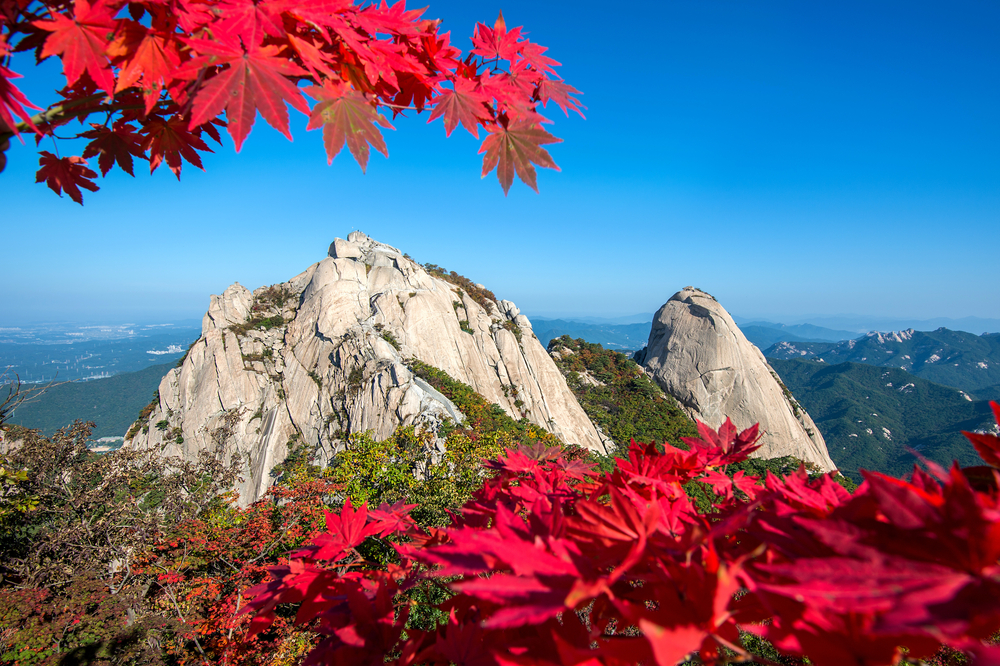
Bukhansan National Park
Explore Now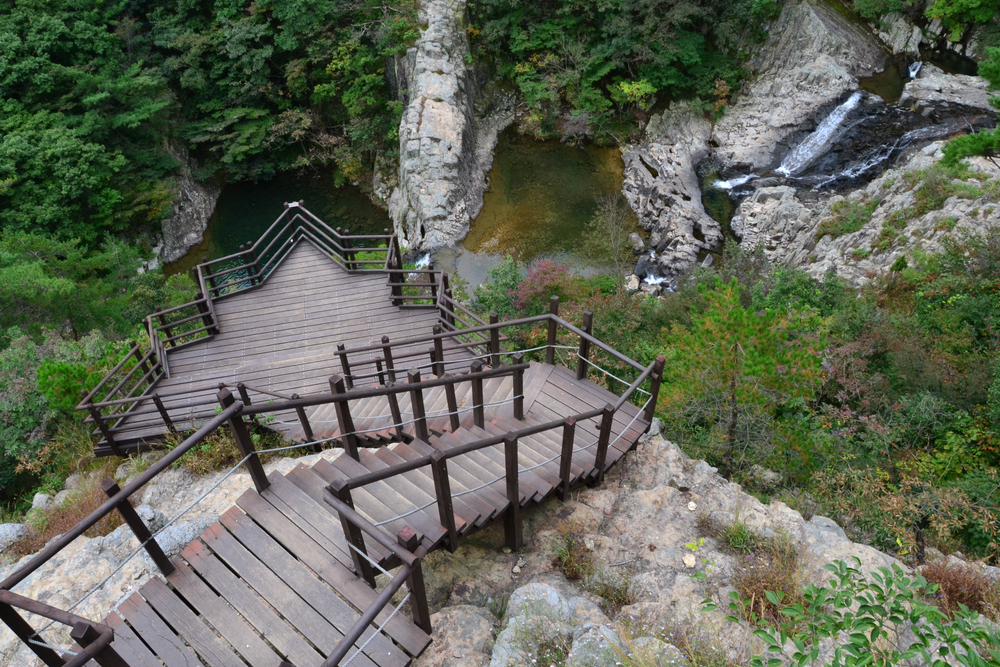
Byeonsanbando National Park
Explore Now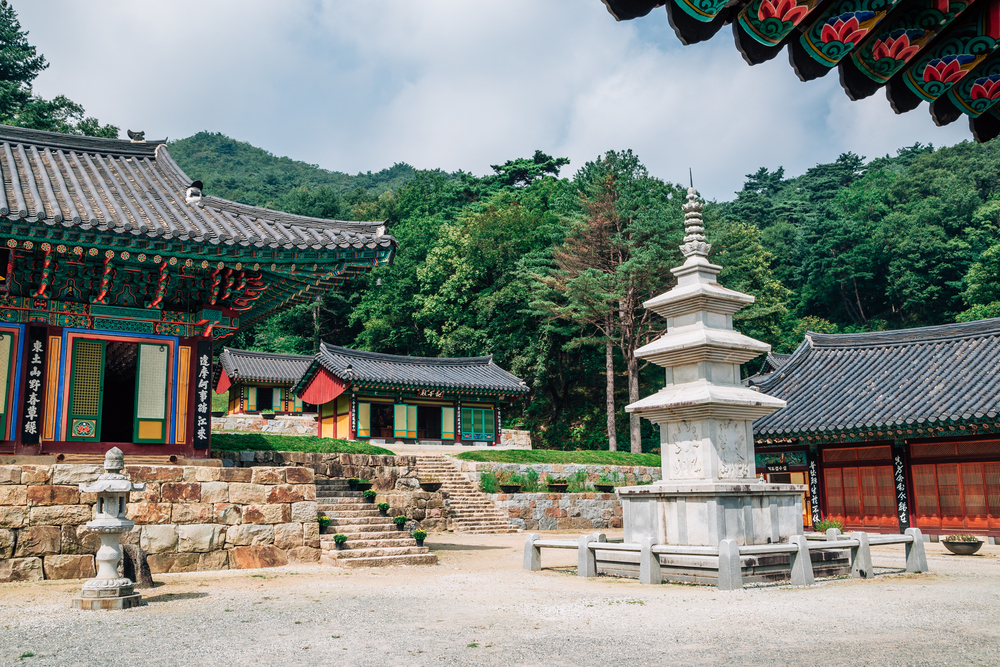
Chiaksan National Park
Explore Now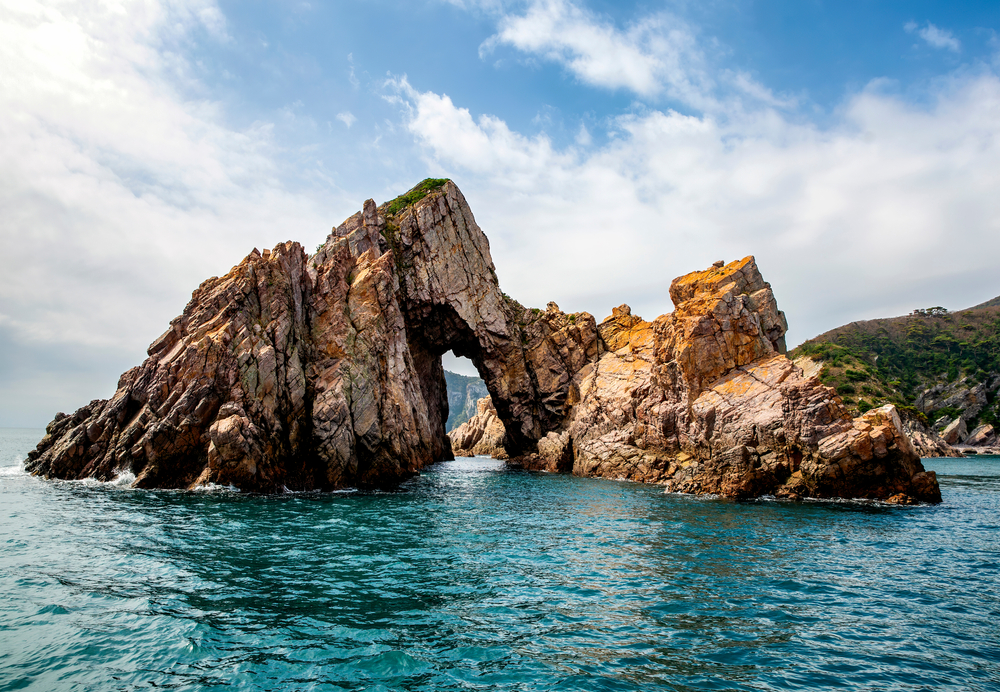
Dadohaehaesang National Park
Explore Now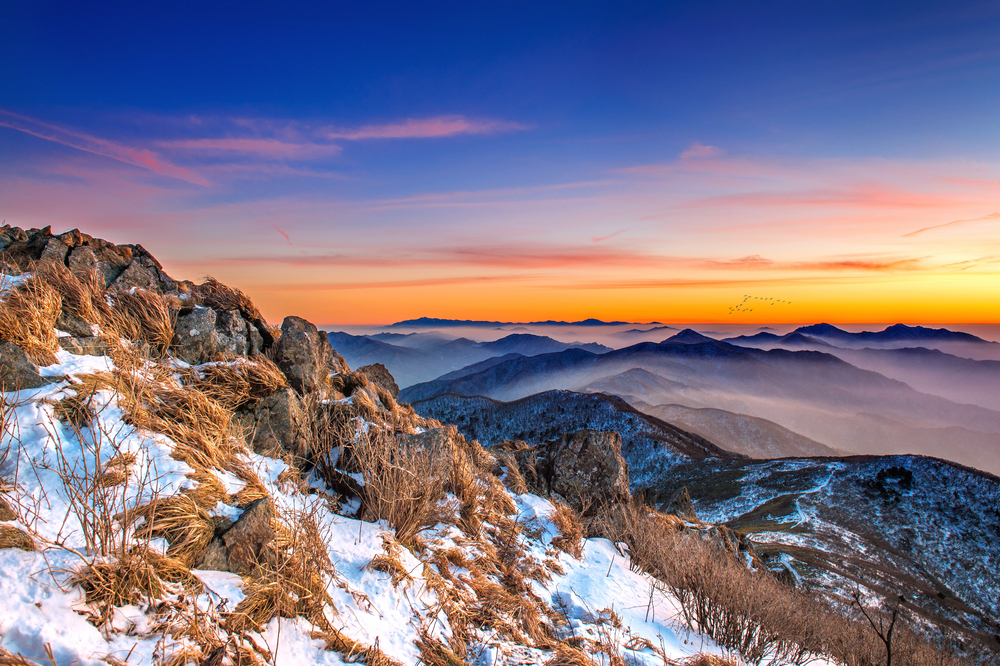
Deogyusan National Park
Explore Now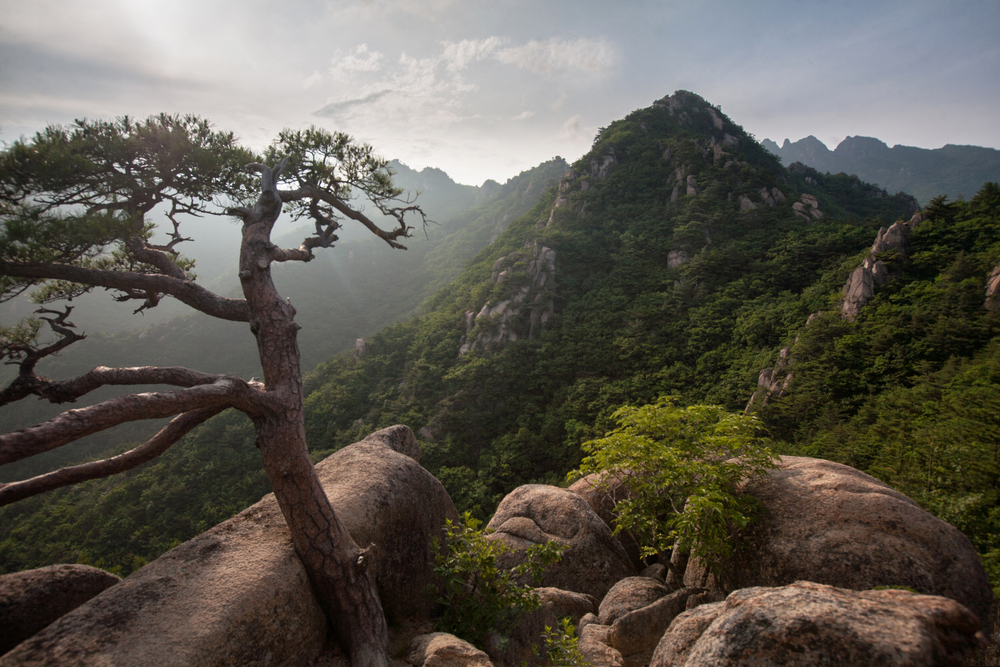
Gayasan National Park
Explore Now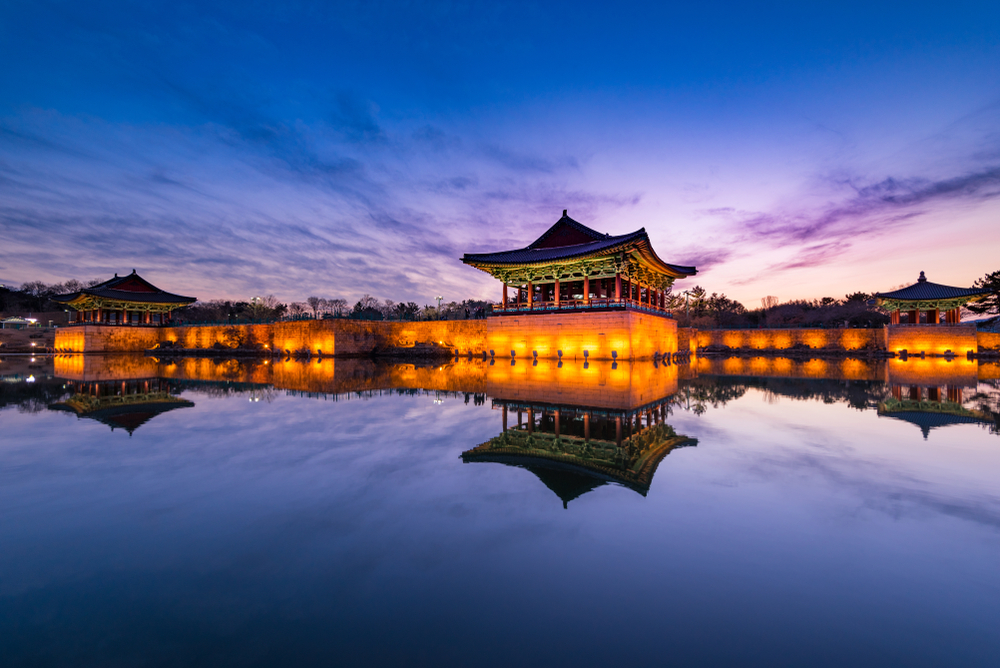
Gyeongju National Park
Explore Now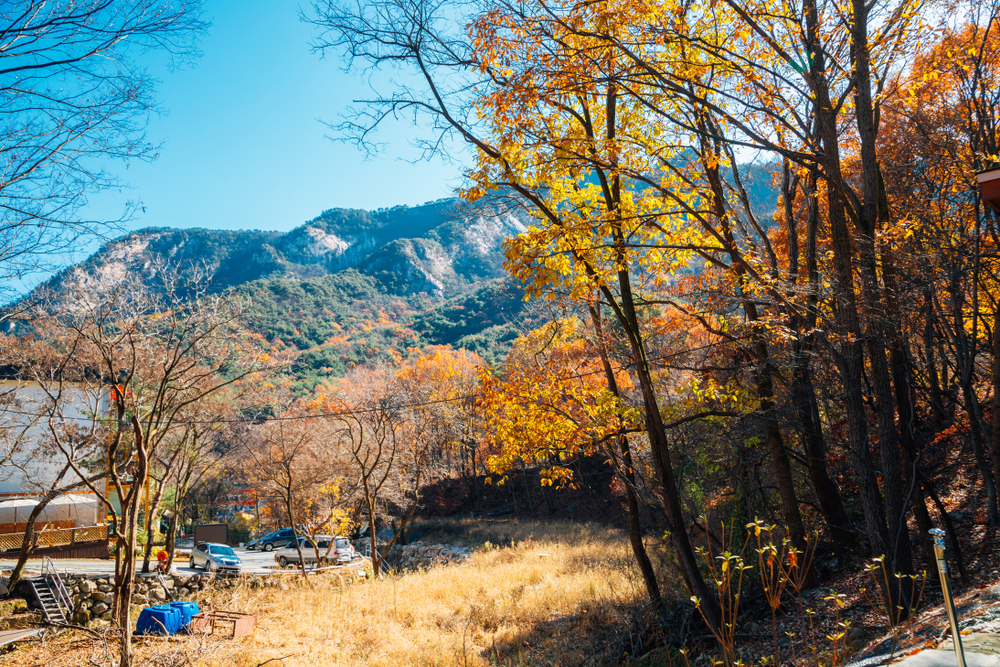
Gyeryongsan National Park
Explore Now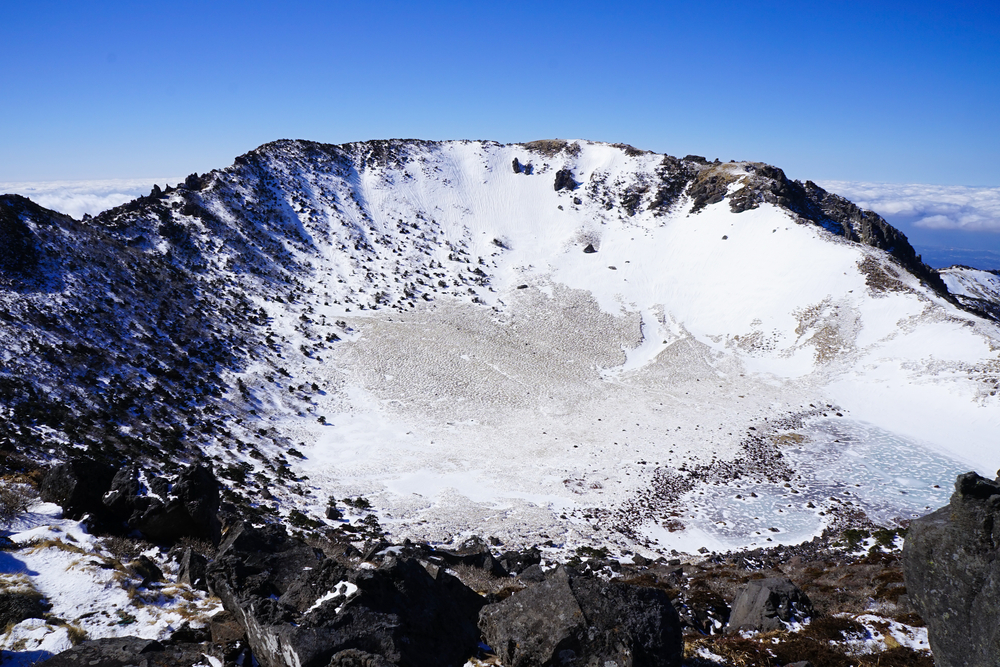
Hallasan National Park
Explore Now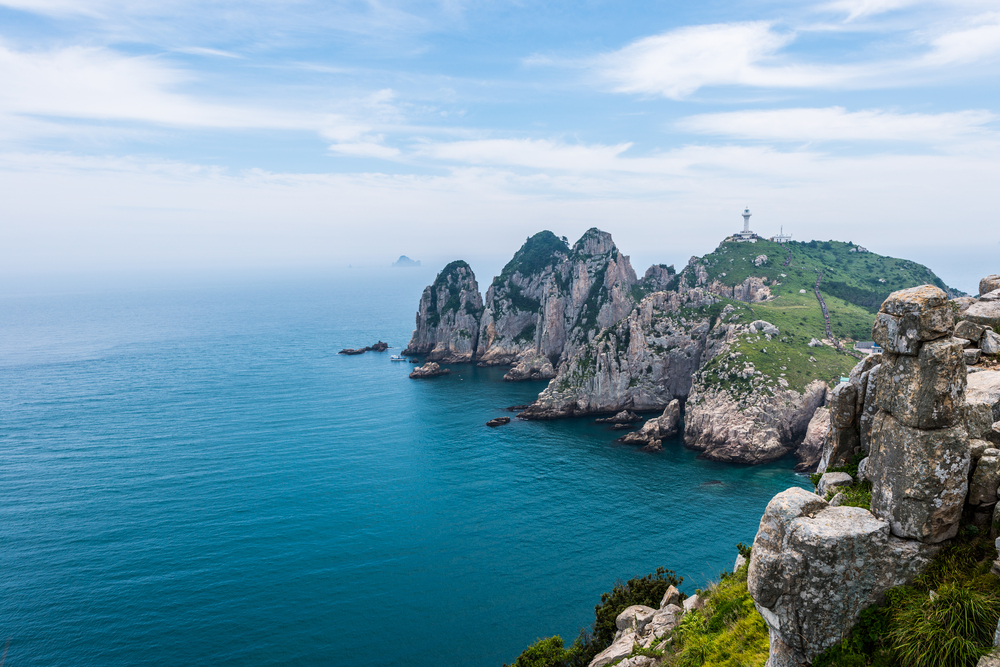
Hallyeohaesang National Park
Explore Now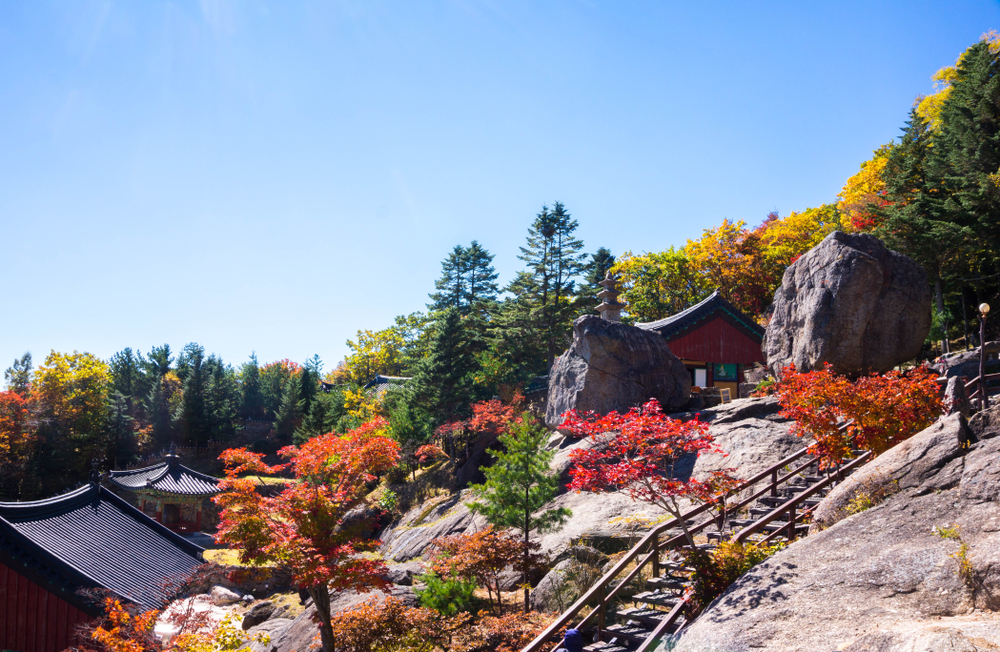
Jirisan National Park
Explore Now
Juwangsan National Park
Explore Now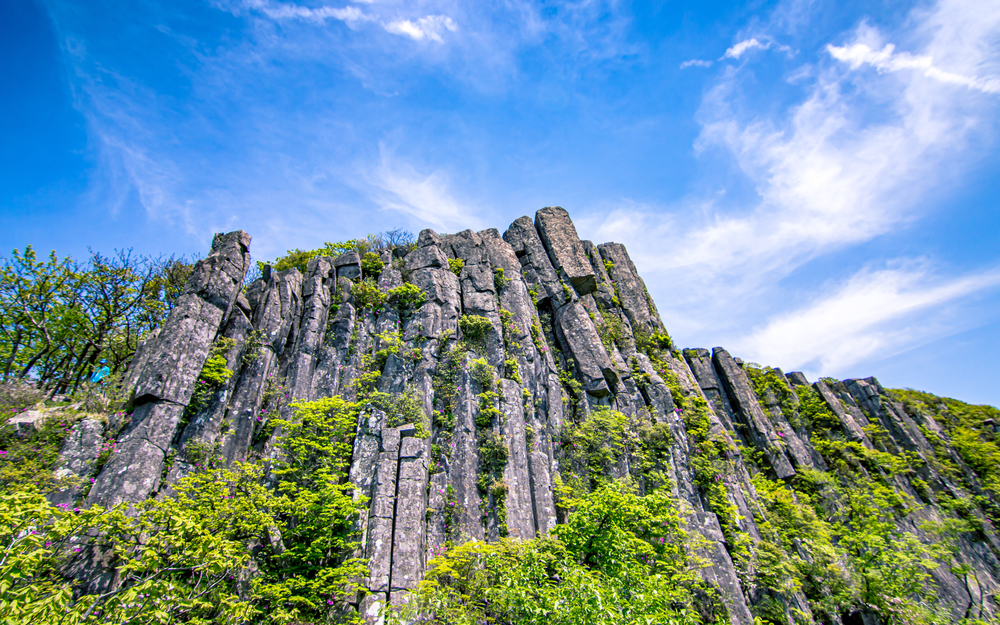
Mudeungsan National Park
Explore Now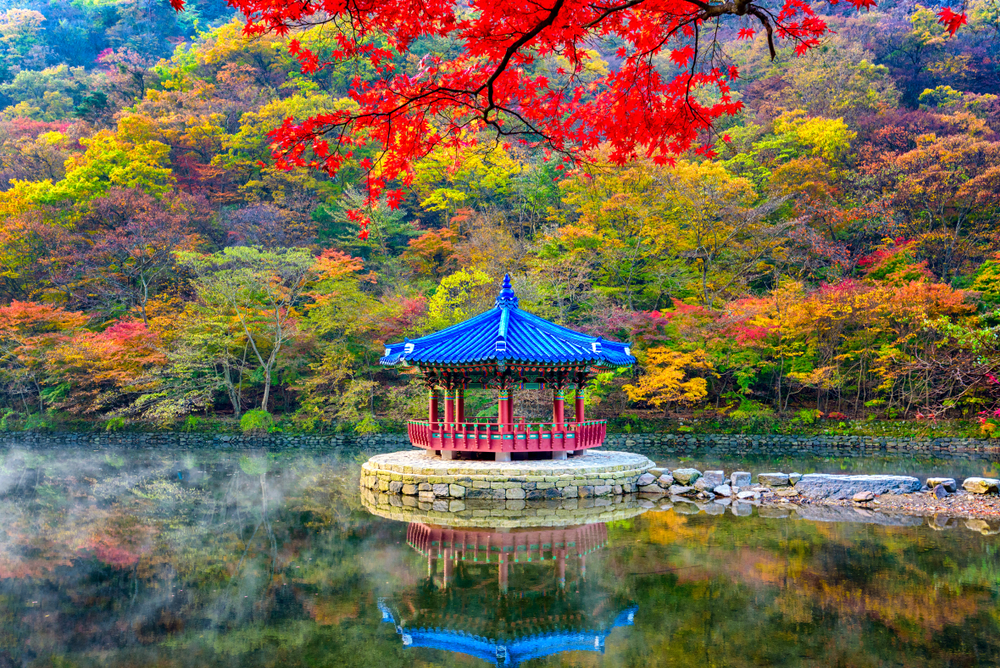
Naejangsan National Park
Explore Now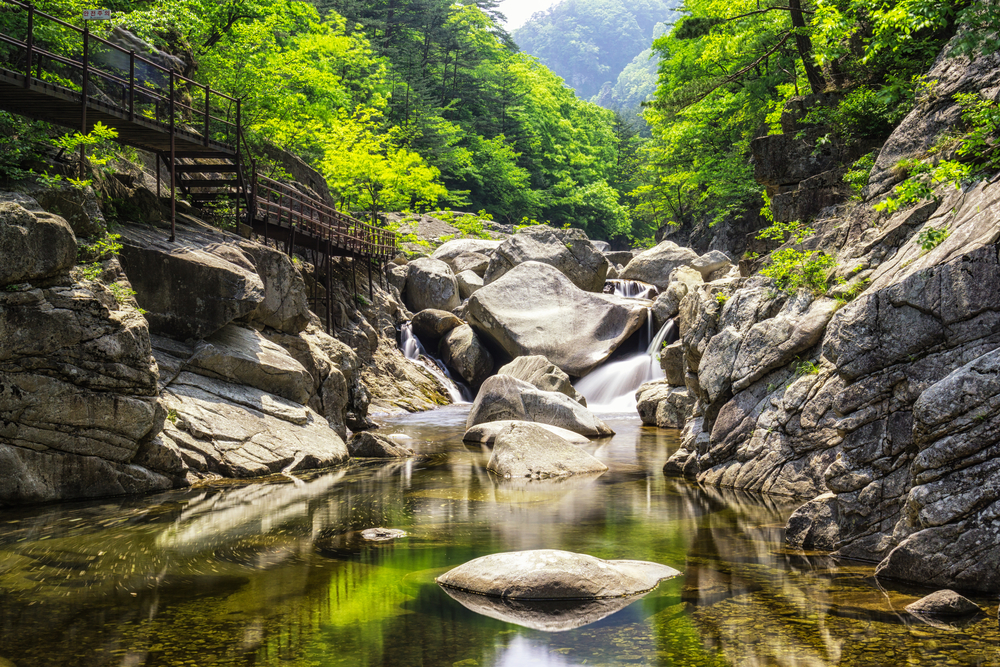
Odaesan National Park
Explore Now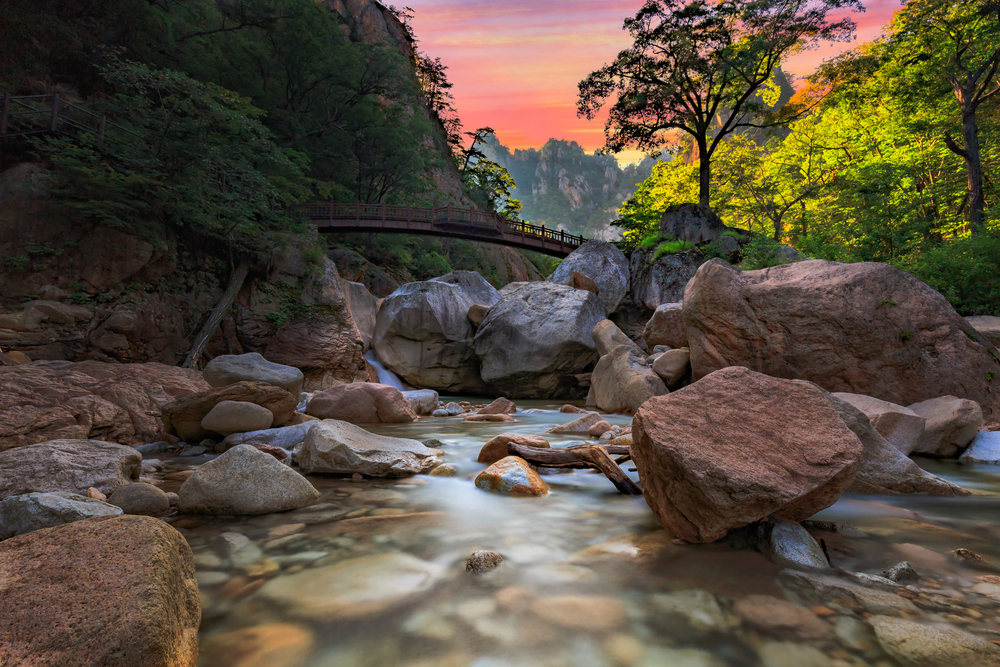
Seoraksan National Park
Explore Now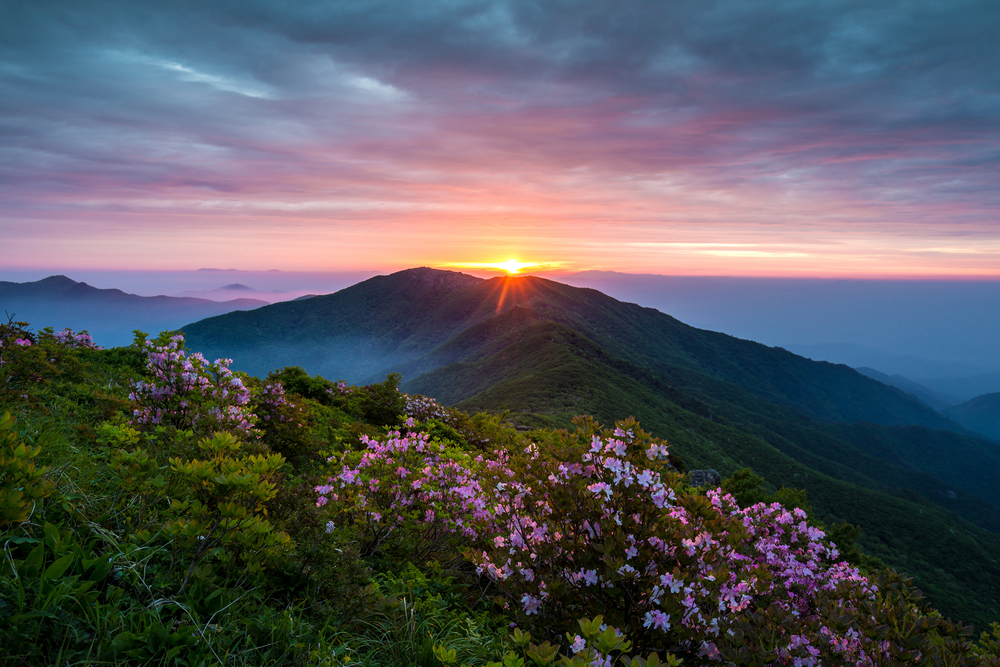
Sobaeksan National Park
Explore Now
Songnisan National Park
Explore Now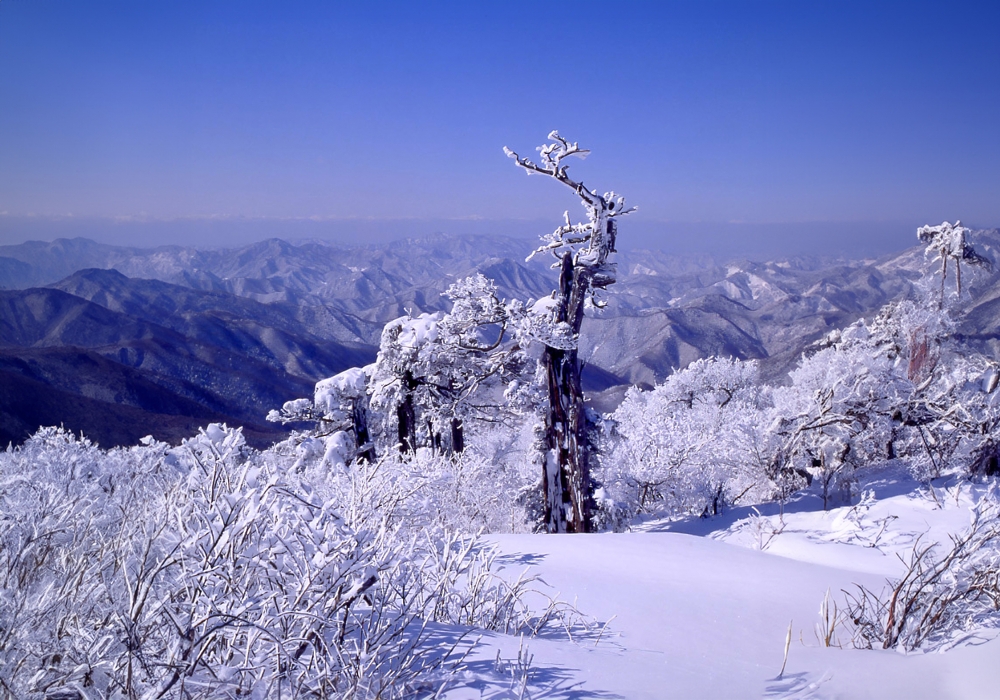
Taebaeksan National Park
Explore Now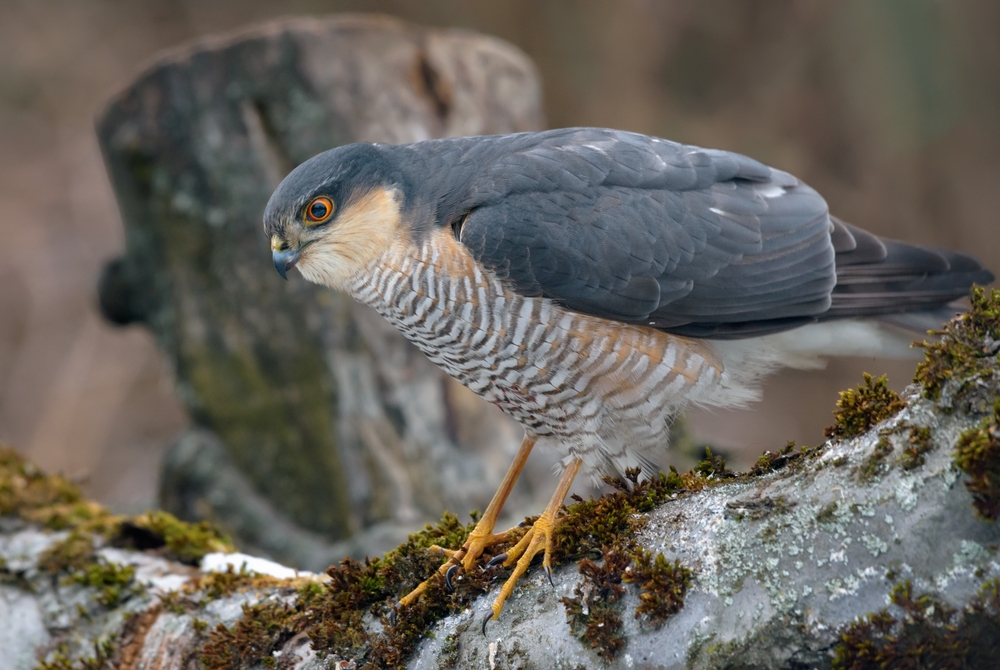
Wolchulsan National Park
Explore Now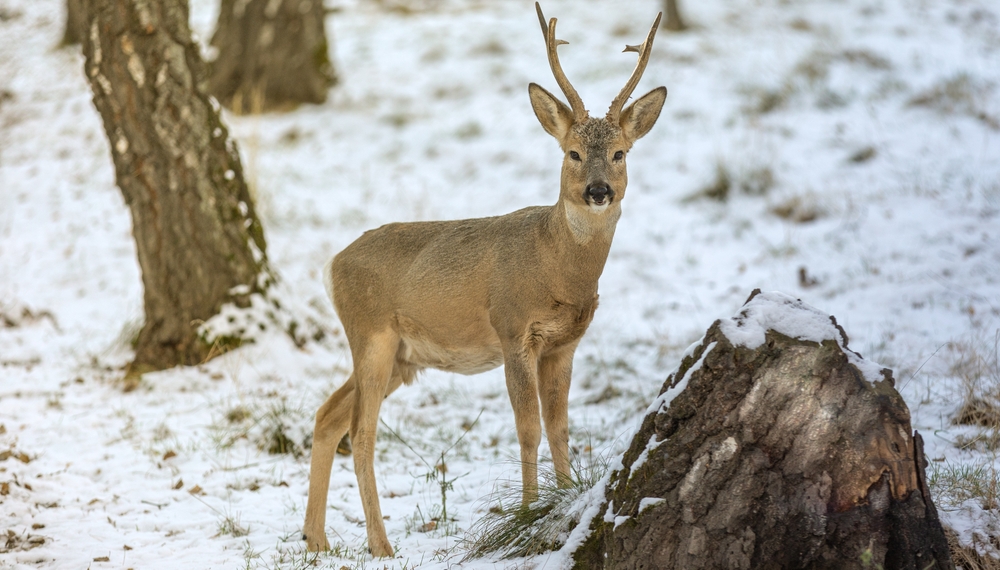
Woraksan National Park
Explore NowFAQ’s
1. How many national parks are there in South Korea?
2. What was the first national park in South Korea?
The first national park in South Korea is Jirisan National Park (지리산국립공원). Established on December 29, 1967, Jirisan National Park is located in the southern part of the country, spanning across three provinces: South Gyeongsang, North Jeolla, and South Jeolla.
Jirisan is known for its rugged mountains, deep valleys, pristine forests, and cultural heritage sites, including Buddhist temples and traditional mountain villages. The establishment of Jirisan National Park marked the beginning of a concerted effort by the South Korean government to preserve the country’s natural and cultural heritage through the creation of national parks.
Today, Jirisan National Park remains one of the most visited and revered national parks in South Korea, attracting millions of visitors each year.
3. What is the largest national park in South Korea?
The largest national park in South Korea is Jirisan National Park (지리산국립공원). Covering an area of approximately 471 square kilometers (about 182 square miles), Jirisan National Park is located in the southern part of the country, spanning across three provinces: South Gyeongsang, North Jeolla, and South Jeolla.
Jirisan is known for its rugged mountains, deep valleys, pristine forests, and cultural heritage sites, including Buddhist temples and traditional mountain villages. The park is a popular destination for hiking, camping, wildlife observation, and cultural tours, attracting millions of visitors each year.
Jirisan National Park is also home to diverse flora and fauna, making it a significant conservation area in South Korea.
4. What is the smallest national park in South Korea?
The smallest national park in South Korea is Wolchulsan National Park (월출산국립공원). Covering an area of approximately 56.6 square kilometers (about 21.9 square miles), Wolchulsan National Park is located in the southwestern part of the country, in Jeollanam-do Province.
Despite its small size, Wolchulsan National Park is known for its dramatic landscapes, including steep cliffs, rocky peaks, deep valleys, and lush forests. The park is popular among hikers and outdoor enthusiasts, offering various hiking trails with stunning viewpoints, waterfalls, and cultural landmarks such as temples and shrines.
Wolchulsan National Park also features unique geological formations, including the famous Cloud Bridge (Cheonhwangbong Bridge), which offers panoramic views of the surrounding area.
5. What is the most popular national park in South Korea?
Seoraksan National Park is one of the most popular national parks in South Korea, renowned for its rugged mountains, scenic beauty, and vibrant autumn foliage. Located in the northeastern region, the park’s main attractions include the towering Seoraksan Mountain, Sinheungsa Temple, and the dramatic Gwongeumseong Fortress. Visitors flock to the park for hiking, cable car rides, and to experience the breathtaking views of jagged peaks, lush valleys, and crystal-clear streams. Seoraksan’s natural beauty and well-developed infrastructure make it a top destination for both locals and tourists.
6. What percentage of South Korea’s land area is protected through official National Parks?
Approximately 6.6% of South Korea’s land area is protected through national parks and other designated conservation areas, covering around 3,402 square miles (8,810 square kilometers). These parks play a vital role in preserving the country’s rich biodiversity, including its coastal, mountain, and forest ecosystems.
7. What other protected areas are there in South Korea?
In addition to national parks, South Korea has several nature reserves and wildlife sanctuaries. The Jirisan Reserve, while overlapping with Jirisan National Park, extends beyond it and protects the critical habitats of endangered species like the Asiatic black bear.
The Dadohaehaesang Marine Reserve, part of a larger marine park system, safeguards South Korea’s coastal ecosystems, including coral reefs and marine wildlife.
The Gwangneung Forest is another protected area known for its old-growth forest and role in climate research, offering a haven for birds and insects, including the endangered Korean red-crowned crane.
8. What nature attractions does South Korea have apart from National Parks?
Beyond its national parks, South Korea offers a range of natural attractions. The Jeju Island, a UNESCO World Heritage Site, is famed for its volcanic landscapes, including Hallasan Mountain, South Korea’s tallest peak, and Manjanggul Cave, one of the world’s longest lava tubes.
The DMZ (Demilitarized Zone), while a politically sensitive area, has become an accidental nature reserve, home to rare wildlife such as cranes and leopards. Suncheon Bay, a coastal wetland, is renowned for its biodiversity and serves as an important stopover for migratory birds.
The Nami Island, set in the middle of the Han River, is another popular destination, known for its tree-lined paths and seasonal beauty.
9. What species are endemic and unique to South Korea alone?
South Korea is home to several species that are either endemic or particularly significant in the region. The Korean goral, a goat-antelope species, inhabits the rugged mountains of the Korean Peninsula.
The Korean magpie is also a bird species closely associated with the country, often referred to as a symbol of good fortune. The Jeju pony, native to Jeju Island, is a small, sturdy horse breed unique to South Korea.
Additionally, the country’s forests are home to the Korean fir, a tree species endemic to South Korea’s high-altitude regions.
10. What is South Korea’s main international airport?
South Korea’s main international airport is Incheon International Airport (IATA code: ICN), located near Seoul. It is the largest and busiest airport in the country and serves as a major hub for international travelers entering and leaving South Korea.
11. What international airline companies fly into South Korea?
The following international airline companies fly into South Korea:
- AirAsia
- All Nippon Airways (ANA)
- Asiana Airlines (South Korean carrier)
- British Airways
- Cathay Pacific
- China Eastern Airlines
- Emirates
- Korean Air (South Korean carrier)
- Lufthansa
- Qatar Airways
- Singapore Airlines
- United Airlines
12. Who manages the national parks of South Korea?
South Korea’s national parks are managed by the Korea National Park Service (KNPS), which operates under the Ministry of Environment. KNPS is responsible for conserving the country’s natural landscapes, protecting wildlife, and promoting sustainable tourism within the parks.
In addition to national parks, the KNPS oversees the management of several other protected areas, working to balance conservation efforts with public access.
More information can be found on the official KNPS website: http://english.knps.or.kr.









































































